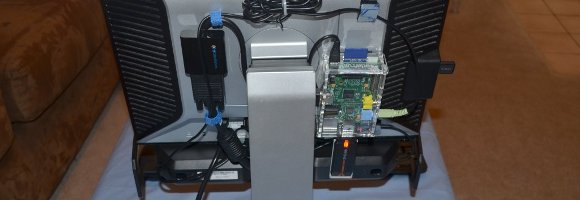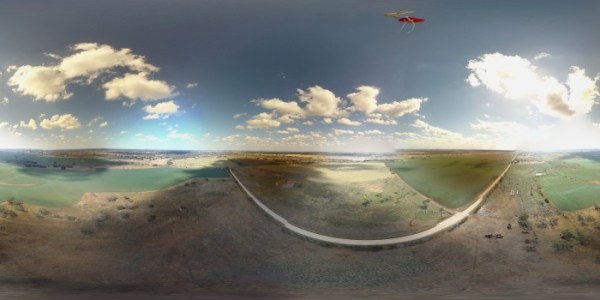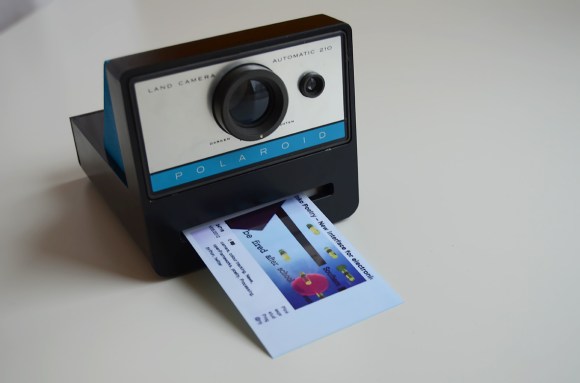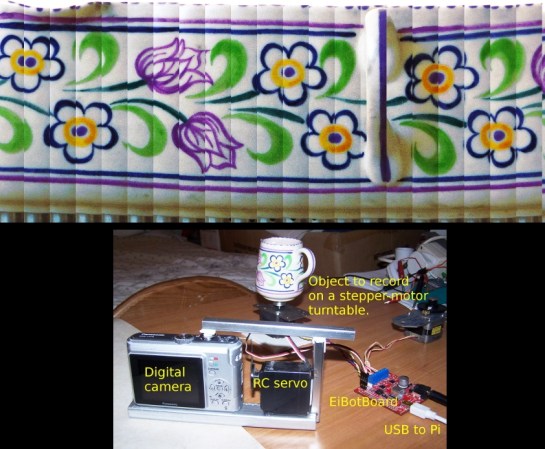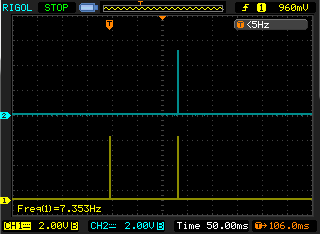
Odds are you don’t have a photographic memory, so if you ever have to mace someone, you probably won’t remember exactly what your attacker looks like. Compound that with talking to the police and looking at a few dozen mug shots, and it’s highly unlikely you’ll ever be able to identify the person you maced. This was the problem [John], [Cordelia], and [Adrian] chose to solve for [Bruce Land]’s microcontroller course at Cornell this semester.
The device they created, PepGuard, adds a microcontroller and a serial JPEG camera to a canister of pepper spray. When the button on top is pressed, the microcontroller flashes a LED, takes a picture with a camera, and sends that picture to a phone over a Bluetooth connection.
PepGuard is always connected to the user’s phone via Bluetooth, and this allows for some interesting possibilities. With their Android app, the team can set up the phone to call emergency services when the device is activated.
You can check out the demo of the device after the break, or read the team’s report here.
Continue reading “This Man Will Take Your Picture While Macing You”

